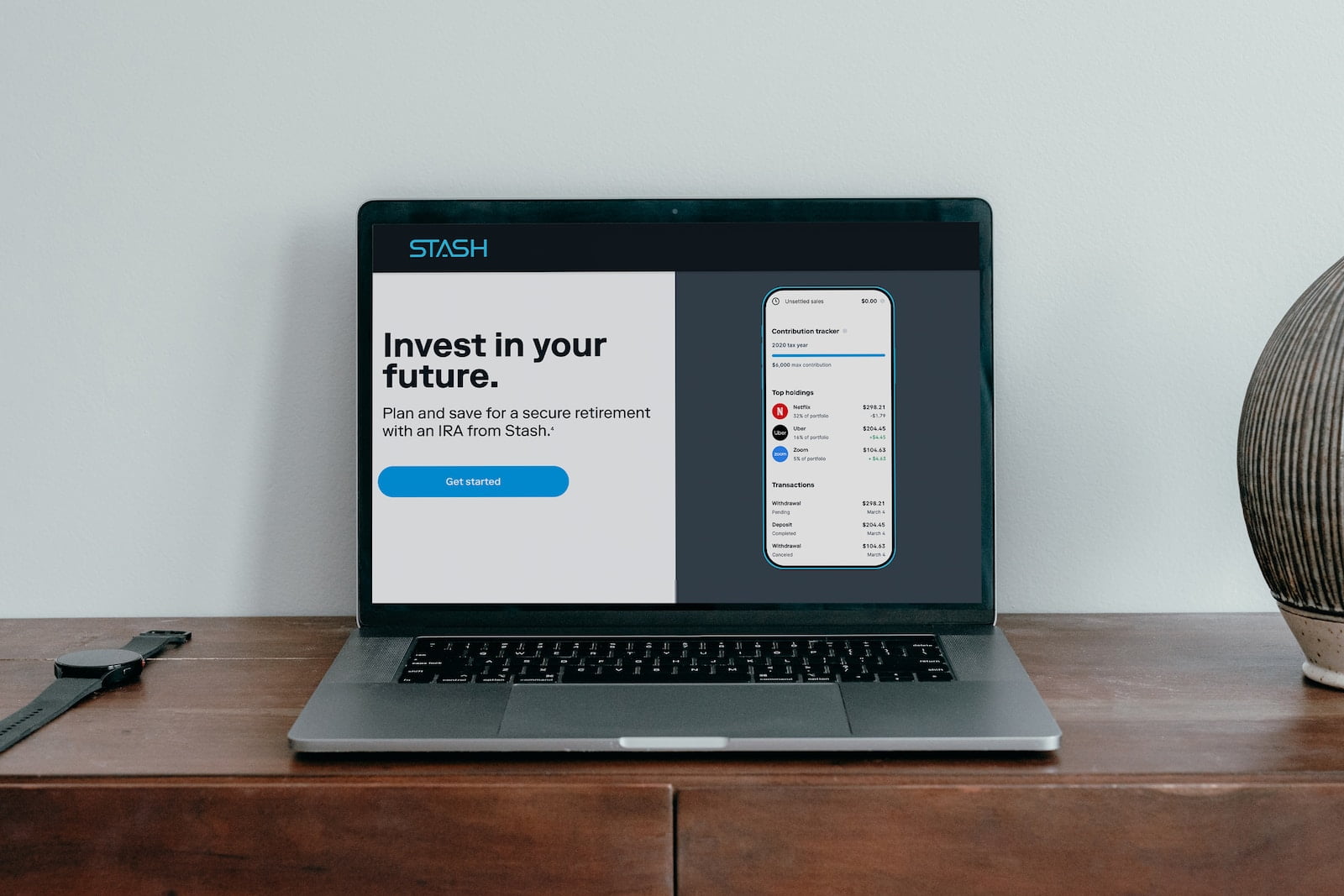In the fast-paced world of finance, trading platforms have emerged as the backbone of modern trading. These technological marvels have revolutionized the way individuals and institutions buy and sell financial instruments, from stocks and bonds to cryptocurrencies and derivatives. With cutting-edge features and accessibility, trading platforms have democratized the financial markets, enabling traders of all backgrounds to participate in the global economy. In this article, we will delve into the evolution of trading platforms, highlighting their key features and their role in shaping the future of finance.
The Dawn of Online Trading
The concept of trading platforms began to take shape in the 1990s with the advent of online trading. Before this era, trading was primarily conducted through traditional channels such as phone calls and in-person interactions with brokers. Online trading platforms changed the game by allowing traders to execute orders electronically, reducing latency and increasing efficiency.
Early online trading platforms were often clunky and had limited functionality, but they marked a significant departure from traditional methods. As technology advanced, these platforms evolved to provide real-time market data, charting tools, and order execution capabilities, giving traders more control over their investments.
The Rise of Retail Trading
The 2000s witnessed the rise of retail trading platforms, which catered to individual investors. These platforms were designed to be user-friendly, making it easier for people with varying levels of financial knowledge to participate in the markets. Retail trading platforms offered features like one-click trading, educational resources, and customer support, empowering everyday individuals to become traders.
The emergence of mobile trading apps further accelerated the growth of retail trading. Traders could now access their accounts and execute trades from the convenience of their smartphones, breaking down geographical barriers and opening up the world of trading to a broader audience.
The Era of Algorithmic Trading
As technology continued to advance, trading platforms began integrating algorithmic trading capabilities. Algorithmic trading, often referred to as “algo trading,” involves the use of computer algorithms to execute trades automatically based on predefined criteria. These algorithms can analyze vast amounts of data and execute orders at lightning speed, taking advantage of market inefficiencies.
Algorithmic trading platforms are widely used by institutional investors and high-frequency trading firms, but they have also become accessible to retail traders. Many trading platforms now offer algorithmic trading tools and allow traders to create and test their own trading algorithms.
Cryptocurrency Trading Platforms
The cryptocurrency boom of the last decade gave rise to a new category of trading platforms: cryptocurrency exchanges. These platforms specialize in the trading of digital assets like Bitcoin, Ethereum, and numerous altcoins. Cryptocurrency exchanges offer features such as wallet services, advanced charting, and access to a wide range of crypto assets.
The cryptocurrency market operates 24/7, and trading platforms in this space are known for their high volatility. As a result, cryptocurrency exchanges have become popular among traders looking for opportunities in a market that never sleeps.
The Future of Trading Platforms
The future of trading platforms looks promising, with several exciting trends on the horizon. These include:
Integration of Artificial Intelligence: Trading platforms are increasingly leveraging AI and machine learning to provide predictive analytics, automated trading strategies, and personalized recommendations to users.
Blockchain and Decentralized Finance (DeFi): Blockchain technology is being integrated into trading platforms to facilitate peer-to-peer trading and create decentralized exchanges, allowing users to trade without intermediaries.
Global Accessibility: Trading platforms are expanding their global reach, providing access to markets in emerging economies and offering multilingual support.
Regulatory Compliance: As regulatory scrutiny increases, trading platforms are investing in compliance measures to ensure the security and protection of user funds.
In conclusion, trading platforms have come a long way from their early days as simple online interfaces. They have democratized finance, empowered retail traders, and adapted to the ever-changing landscape of the financial markets. With continued technological advancements and a commitment to user-friendly interfaces, trading platforms are poised to shape the future of finance for years to come. Whether you are a seasoned trader or a novice investor, these platforms offer the tools and opportunities to participate in the dynamic world of finance.

+ There are no comments
Add yours